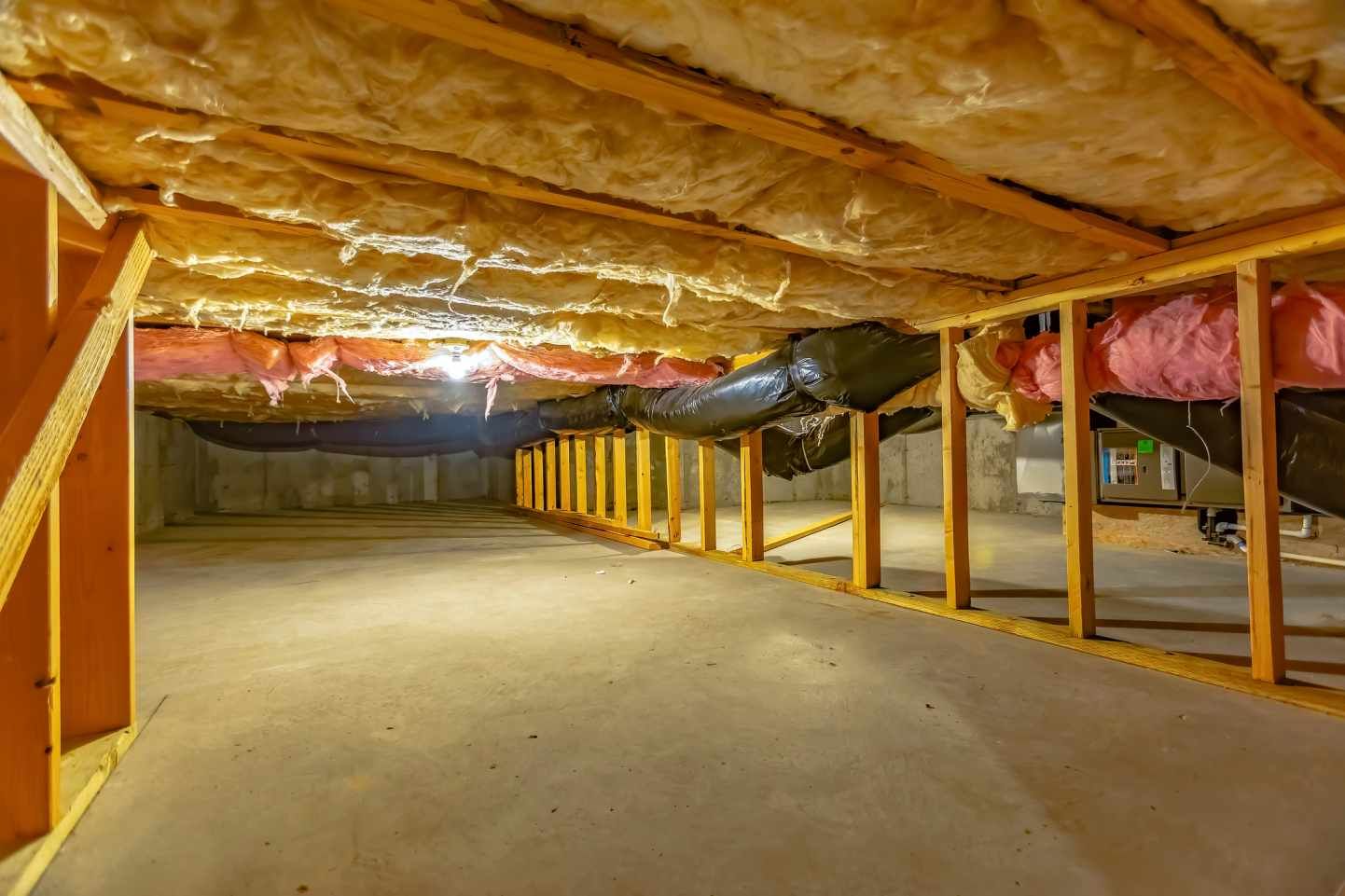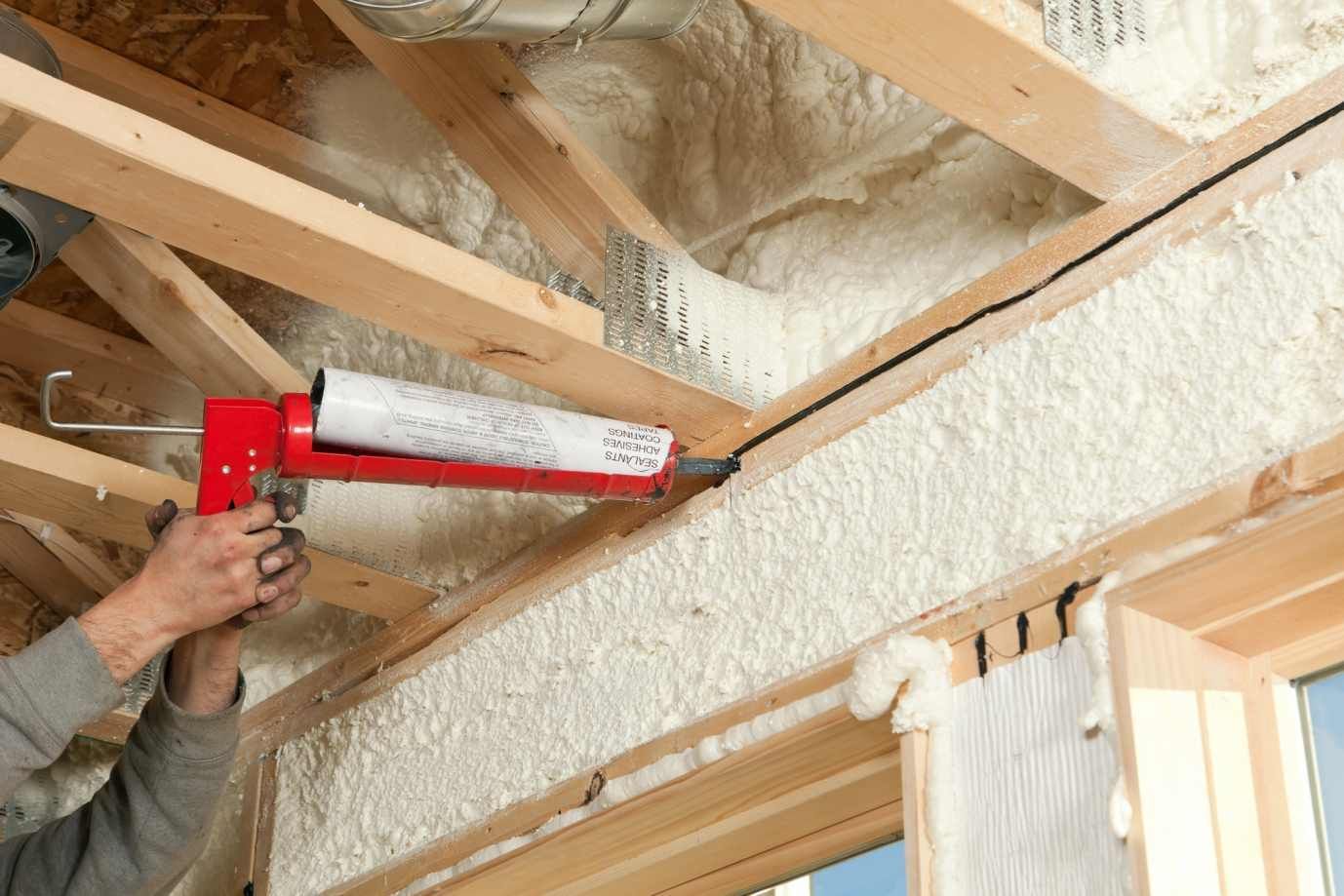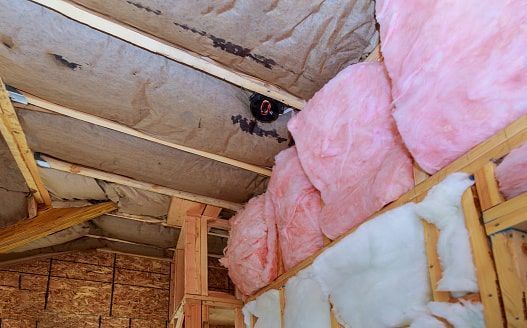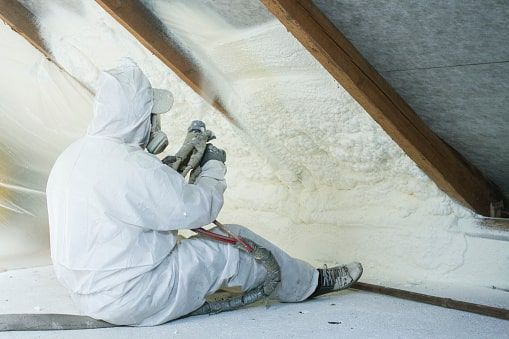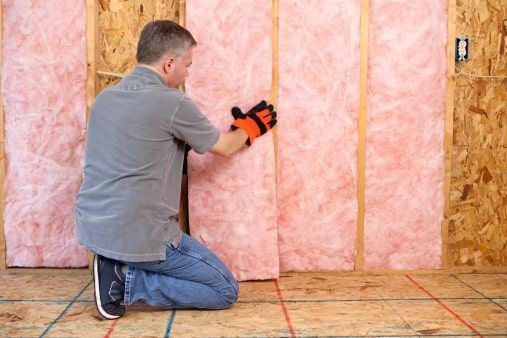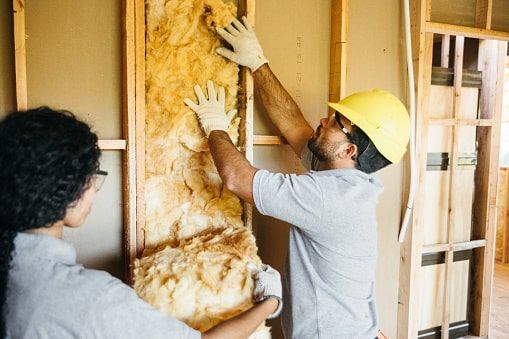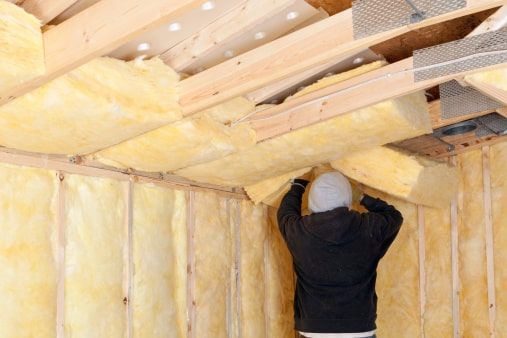What Does R-Value Mean and Why Does it Matter?
What Does R-Value Mean and Why Does it Matter?
If you’re wondering whether you have enough insulation in your attic or walls, you’ve probably stumbled across the term “R-value.” It sounds technical, but understanding R-value is actually quite simple.
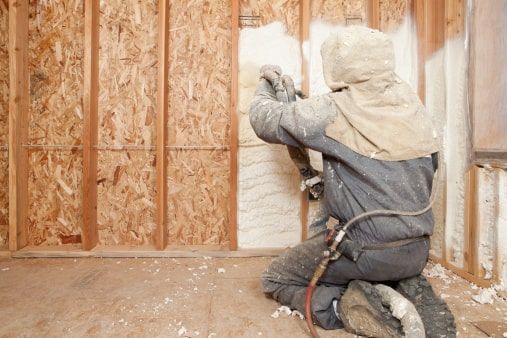
What Is R-Value in Insulation?
The “R” in R-value stands for resistance—as in, heat flow resistance. The higher the number, the better the insulation is at slowing heat transfer. In short, R-value measures how well insulation keeps warm air inside during the winter and how effectively it stops hot air from entering during the summer.
Another important thing to know is that R-value is measured per inch of thickness. This makes it easy to compare the insulating power of different materials.
Not All Insulation Is Created Equal
Different insulation types offer different R-values. Here’s a quick summary of the most common types of residential insulation:
- Fiberglass batts: R-3.2 per inch
- Blown-in cellulose: R-3.5 to R-3.8 per inch
- Spray foam: 3.5 to 4 per inch for open-cell; R-6 to R-7 per inch for closed-cell
Recommended R-Values
The climate and where you’re installing the insulation affect how much R-value you need. Here are the recommendations for homes in the Chicago area:
- Attics: R-49 to R-60
- Exterior walls: R-13 to R-21
- Basement walls: R-11 to R-15
- Unvented crawl spaces: R-19 or higher
- Floors above unheated spaces (like the garage): R-30
The insulation thickness you need to achieve these numbers depends on your chosen material. For instance, closed-cell spray foam can achieve R-49 in about 8 to 9 inches, while it takes roughly 15 to 18 inches of blown-in cellulose or up to 20 inches of fiberglass to reach the same level. Matching the right material to the right space maximizes performance and cost.
Nominal vs. Effective R-Value
Nominal R-value is the lab-tested rating printed on insulation packaging. However, actual performance can vary in real-world situations. That’s where effective R-value comes in. This reflects how insulation performs once installed, considering factors like gaps, compression, air leaks, moisture, and thermal bridging through studs or joists. Even the highest nominal R-value can underperform if the insulation is poorly installed or damaged. In other words, it’s not just about what the insulation can do—it’s about what it actually does once it’s in your home.
Contact Titanium Insulation
Ultimately, the insulation material and installation technique both affect heat flow resistance. That’s why you need an experienced installer for the job. Titanium Insulation draws on years of combined experience and extensive ongoing training. We serve the Greater Chicago area as a fully licensed, bonded, and insured company for your peace of mind. Let us help your home or business operate more efficiently and feel more comfortable all year round! Contact us today for your free estimate.


